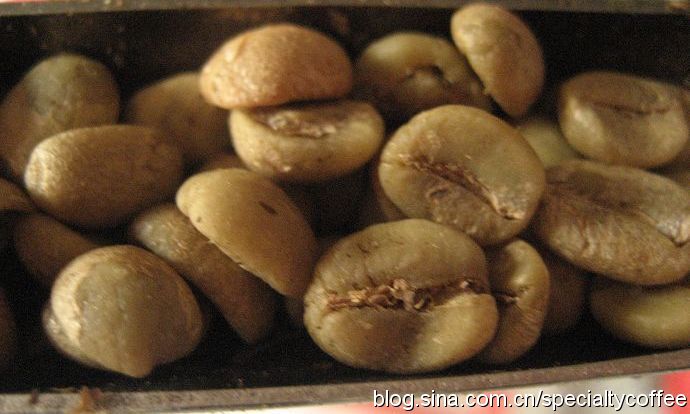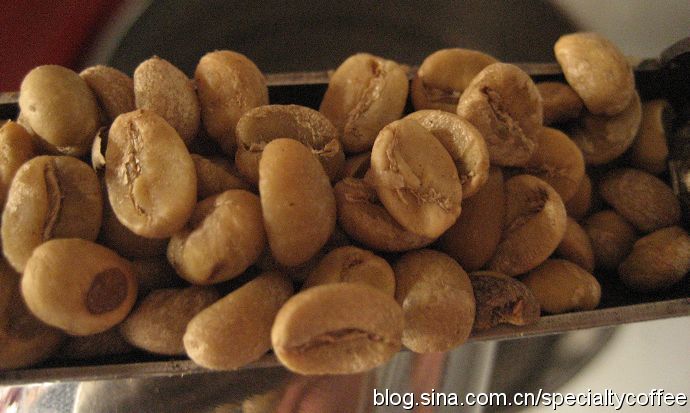Coffee common sense Coffee roasting process after picking
Generally speaking, coffee roasting is a "time-temperature" interdependent process, in which physical changes and chemical reactions occur in raw coffee.

Roasting is the last and most important step in the processing of coffee beans after they have been picked. Green coffee beans cannot be used directly to make drinking coffee. All coffee beans must be roasted before grinding and brewing.
Unroasted coffee is often referred to as "green coffee" and has a shelf life of up to a year compared to roasted coffee. Green coffee beans are small, dense and very hard, and people who are not in the coffee industry may not recognize them. Green coffee has a grassy taste, almost unlike the coffee beans we normally imagine, in appearance and flavor. It is the roasting process that produces coffee's unique flavor and wonderful aroma.
Generally speaking, coffee roasting is a "time-temperature" interdependent process, in which physical changes and chemical reactions occur in raw coffee. During the initial stages of roasting, green beans gradually turn yellow and water is gradually expelled. When the temperature rises to a certain threshold, the first burst occurs and the coffee beans become larger. In the second stage of roasting, as the temperature of the beans increases, a series of complex chemical transformations begin to occur, and the coffee beans continue to increase in size and color. As the temperature continues to rise, aromatic oils form on the surface of the beans, resulting in a second burst. Many of the ingredients extracted from brewed coffee do not exist in green coffee at all, but are produced during the roasting process.
Finally, deciding when to end roasting: the beans move from the roasting bin to a cooling bin where they cool and stop reacting chemically.
The following pictures show how the color of the coffee bean table changes during roasting:






Important Notice :
前街咖啡 FrontStreet Coffee has moved to new addredd:
FrontStreet Coffee Address: 315,Donghua East Road,GuangZhou
Tel:020 38364473
- Prev

Coffee Roasting Equipment Type and Degree of Roasting
Coffee Roasting Coffee is popular mainly because of the aroma formed after roasting and the taste when drinking. Coffee beans themselves do not have any special taste, is roasted to completely transform and reorganize the internal substances of the beans, forming a new structure, thus bringing out the flavor of coffee. Baking tools Baking machine, divided into 3 categories: direct fire, semi-hot air direct
- Next

Coffee basics several acids in roasted coffee
There are mainly the following kinds of acids in roasted coffee-Zheng Wei (Italian Coffee University). According to the first edition of the chemistry of quality, there are mainly the following acids in roasted coffee: formic acid is the most in shallow roasting, and acetic acid decreases with the deepening of deep roasting, and decreases with the deepening of deep roasting.
Related
- Beginners will see the "Coffee pull flower" guide!
- What is the difference between ice blog purified milk and ordinary milk coffee?
- Why is the Philippines the largest producer of crops in Liberia?
- For coffee extraction, should the fine powder be retained?
- How does extracted espresso fill pressed powder? How much strength does it take to press the powder?
- How to make jasmine cold extract coffee? Is the jasmine + latte good?
- Will this little toy really make the coffee taste better? How does Lily Drip affect coffee extraction?
- Will the action of slapping the filter cup also affect coffee extraction?
- What's the difference between powder-to-water ratio and powder-to-liquid ratio?
- What is the Ethiopian local species? What does it have to do with Heirloom native species?

